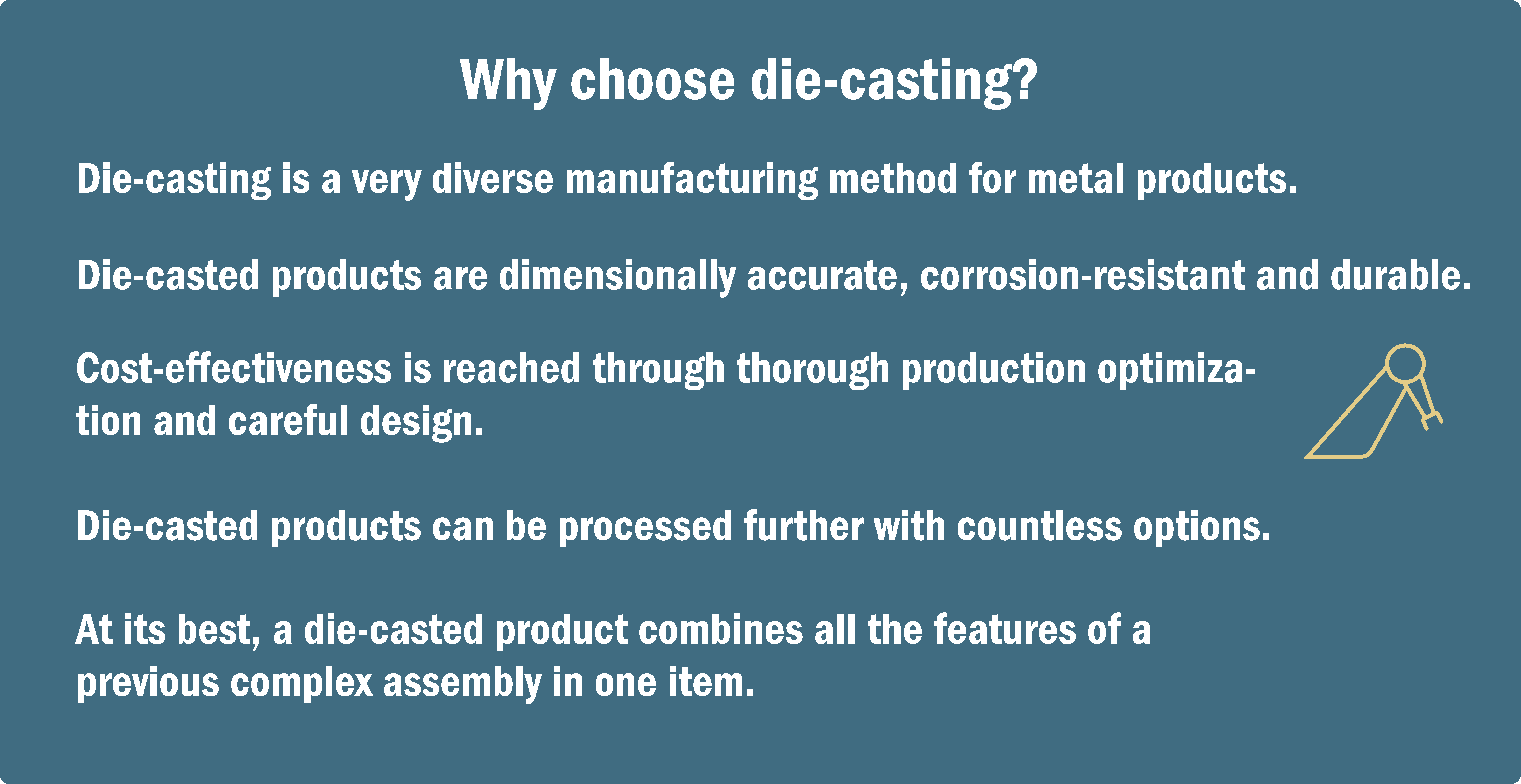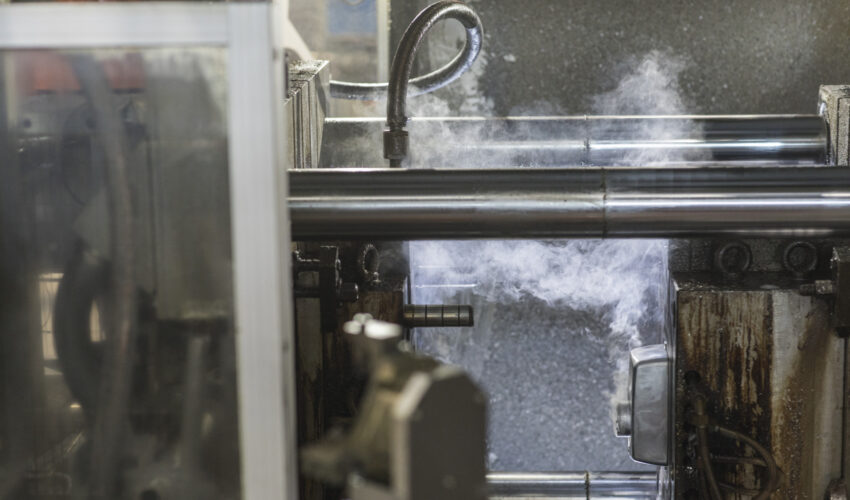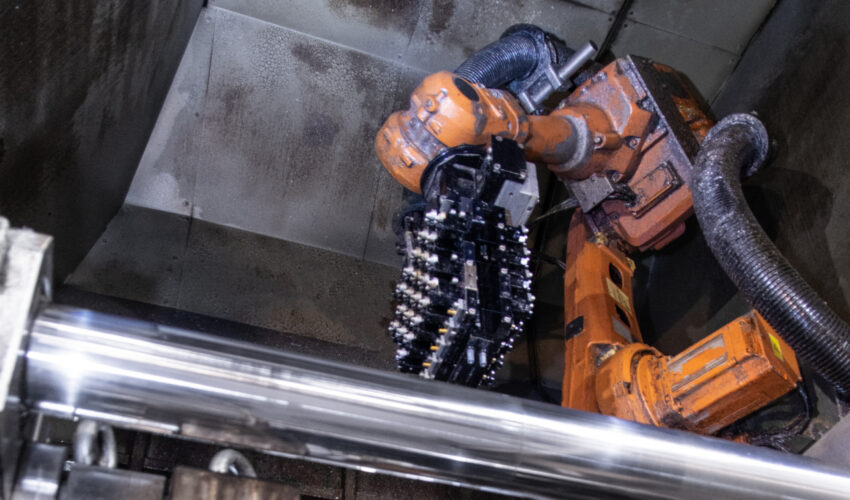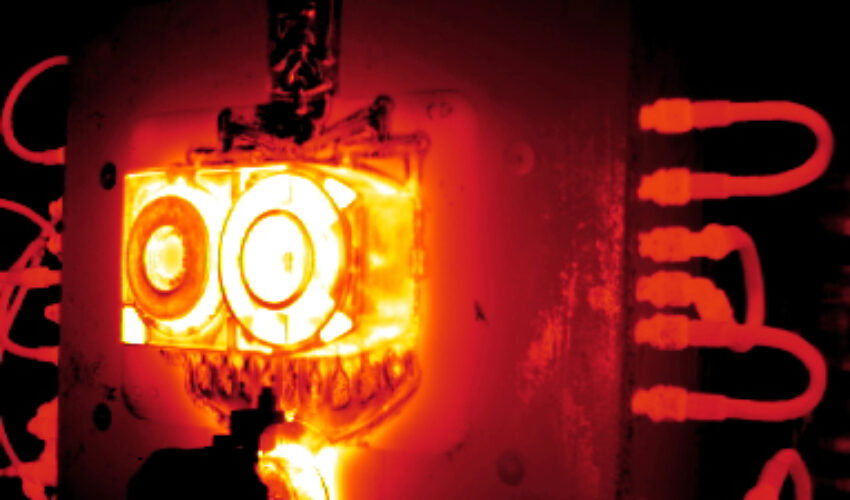What is die-casting?
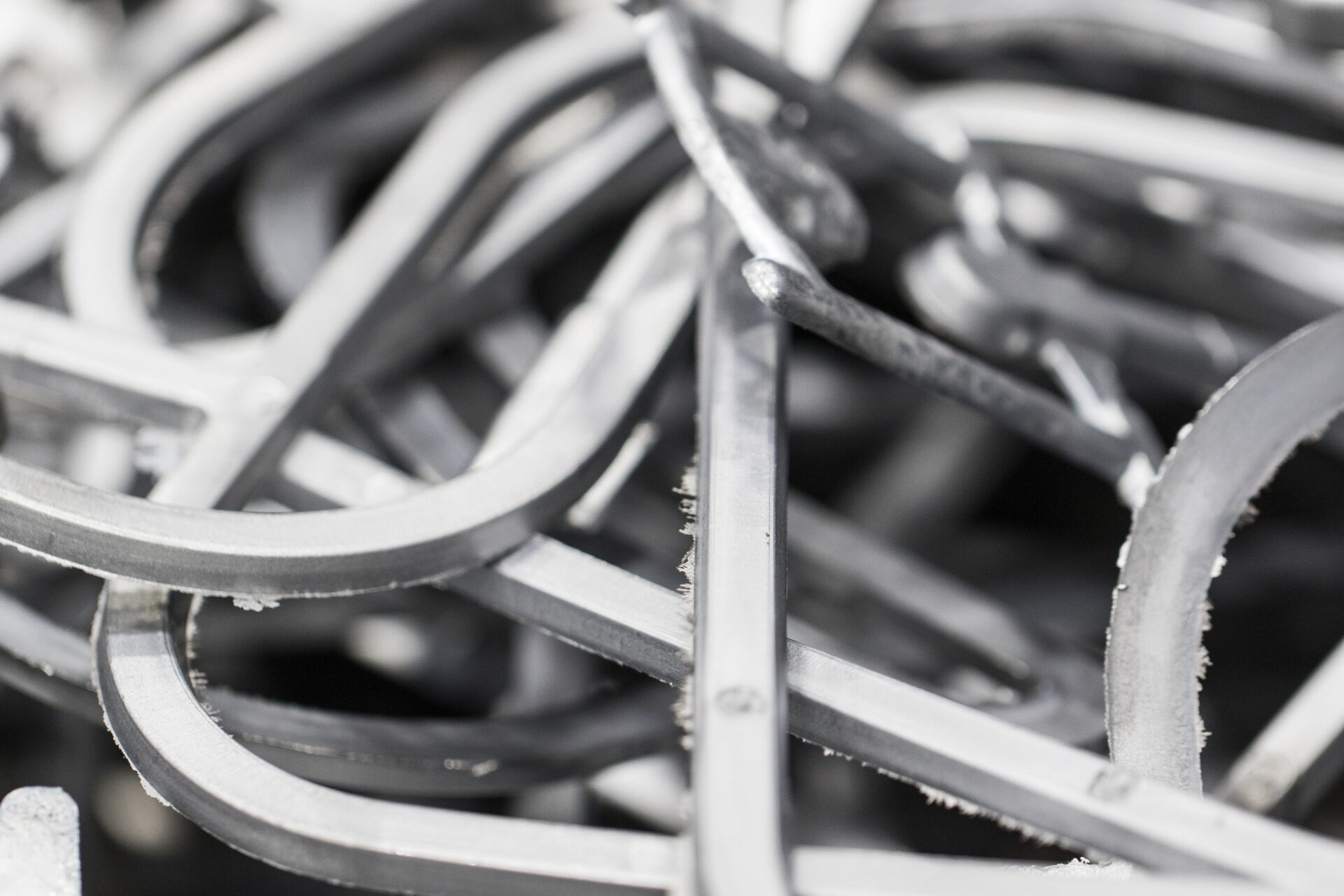
Die-casting is a manufacturing method for metal products, where molten metal is guided to a mould with high pressure. The rapidly flowing material spreads into every single mould cavity, which creates the desired shape for the product. Die-casting is suitable for high-volume products. Die-casted products are dimensionally accurate and mechanically durable.
The casting process
Die-casting usually consists of four stages in the process. The mould is sprayed with a release agent before it closes. The spraying helps control the temperature of the mould and to detach the product from the mould after the casting. After the spraying, the mould closes. The molten metal is guided into the mould with high plunger speed, which makes it spread evenly. Until the metal solidifies, the pressure is held with the plunger staying down. This is called solidification interval. After the solidification interval, the mould opens, the casting is ejected out of the mould with ejector pins and a robot removes it. The robot cools down the item and places it on a conveyor belt to exit the casting unit. The excess material, overflows and runner, are removed from the item and a quality control is done visually and mechanically by measuring. After the quality control, the item is ready for further processing, for example grinding or powder coating or say machining. The possibilities for further processing of die-casted products are very broad. All the excess material, that is created during the casting process, are recycled, and reused as raw material. The venting system excess is also always recycled and reused in the production.
There are different methods of die-casting, but in principle, they all resemble each other regarding the basic process. All of them have their special properties and depending on the method, the features of the end product vary. In Ouneva Group, hot-chamber die-casting is used for zinc die-casting. For aluminium we use cold-chamber die-casting and vacuum-assisted die casting. Vacuum-assisted die-casting differs from the “normal” cold-chamber die-casting process slightly, enabling a very high quality of the product. With vacuum-assisted die-casting, a vacuum is created inside the mould with special installations, as the name suggests. The vacuum enables different gases born during the process to exit more efficiently. This in turn affects the quality of the product in many ways.
Some benefits of using vacuum-assisted die-casting are:
-reduces porosity due to gases
-improves the quality of the surface
-improves properties for surface treatment
-better mechanical qualities
-enables thin wall structures
-reduces material waste
Expertise in vacuum-assisted die-casting at Ouneva Group spans over 30 years. The vacuum installations are always ready in our die-casting machinery, which means that vacuum castings can be done just by adding a vacuum valve into the mould during the design stage. We pay extra attention to project management when doing these special projects.
At Ouneva Group, our size variety of die-casting machines is diverse. Naturally, the more closing power the machine has, the bigger the casted products can be. Our biggest machine has the closing power of 900 tonnes, which means we can cast aluminium products up to 7 kilograms.
The price and feasibility of die-casting
Compared to other manufacturing methods, die-casting can be a very cost-effective method despite the initial cost when needs for further processing have been considered in the design stage already, for example by removing laborious manual stages through product design. A more complex product might streamline the whole production chain considerably. Correctly designed, die-casting a product can reduce the number of parts used, combine functionalities, and thus reduce the overall costs. Combined functionalities and reduced number of parts used have a significant impact on overall costs and investments needed for the production.
To reach cost-effective die-casting, product and mould design stages play the biggest part. Very often the initial costs for die-casting are seen considerably high due to the price of the mould, but this is only half the truth. Due to our decades of expertise, we can confidently say that in the end, die-casting is a cost-effective manufacturing method. To customers, it might be quite unclear how this can be seen in practice, so let us dive a little deeper on the topic.
Die-casting is the most suitable manufacturing method for high-volume products, which means that a large number of products are manufactured. Indeed, even smaller batches can be feasible with proper production optimization, but the highest cost-efficiency is reached through mass production. A successful die-casting production is ensured by high-quality production processes, equipment and design!
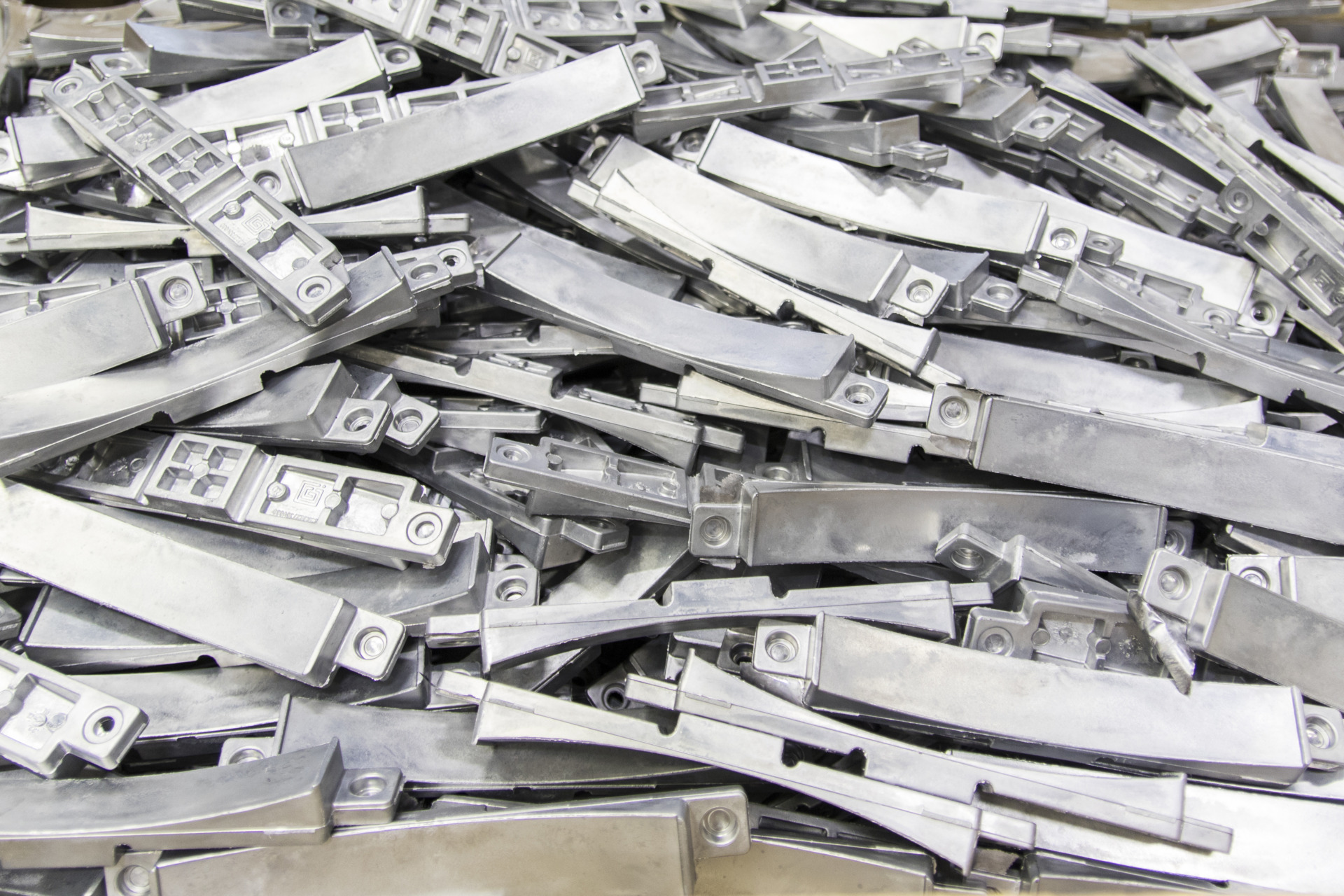
When starting up die-casting production, the first real savings can be made already by choosing the right partner. It is beneficial to be in contact with the possible manufacturing partner as early as possible, to allow the development of manufacturability of the product to commence before procuring the mould. Nasty surprises and product faults can be avoided, when close collaboration with the partner is possible. This applies especially to product design. We here at Ouneva Group appreciate long customer relationships and true collaboration with our partners. Product design is a significant factor regarding overall costs and payback time. A carefully designed and developed product requires a more complex mould, but brings savings to the customer with further processing and quality aspects.
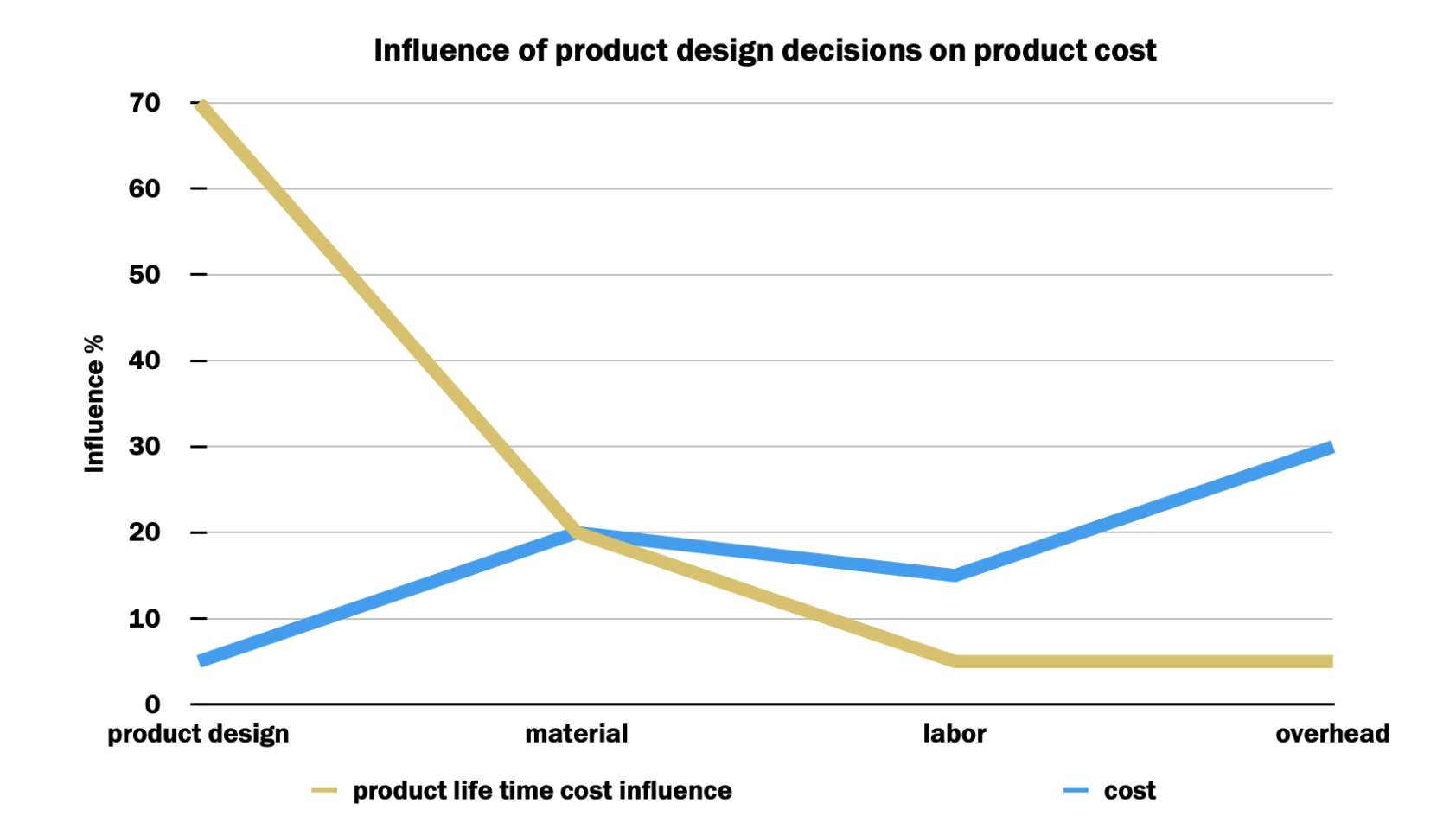
Die-casted products are suitable for a very broad range of use. As far as materials are considered, aluminium and zinc are both very dimensionally accurate, corrosion-resistant, and visually pleasing. The compactness of the materials enables the use of die-casted enclosures in the vehicle industry, for example. A good product example would be gear enclosures for industrial machines. The resistance to corrosion means that the products can be used basically anywhere, independent of the surrounding circumstances. The durability of the material reduces the need for surface treatment, but aluminium needs a surface treatment step for the best functionality.
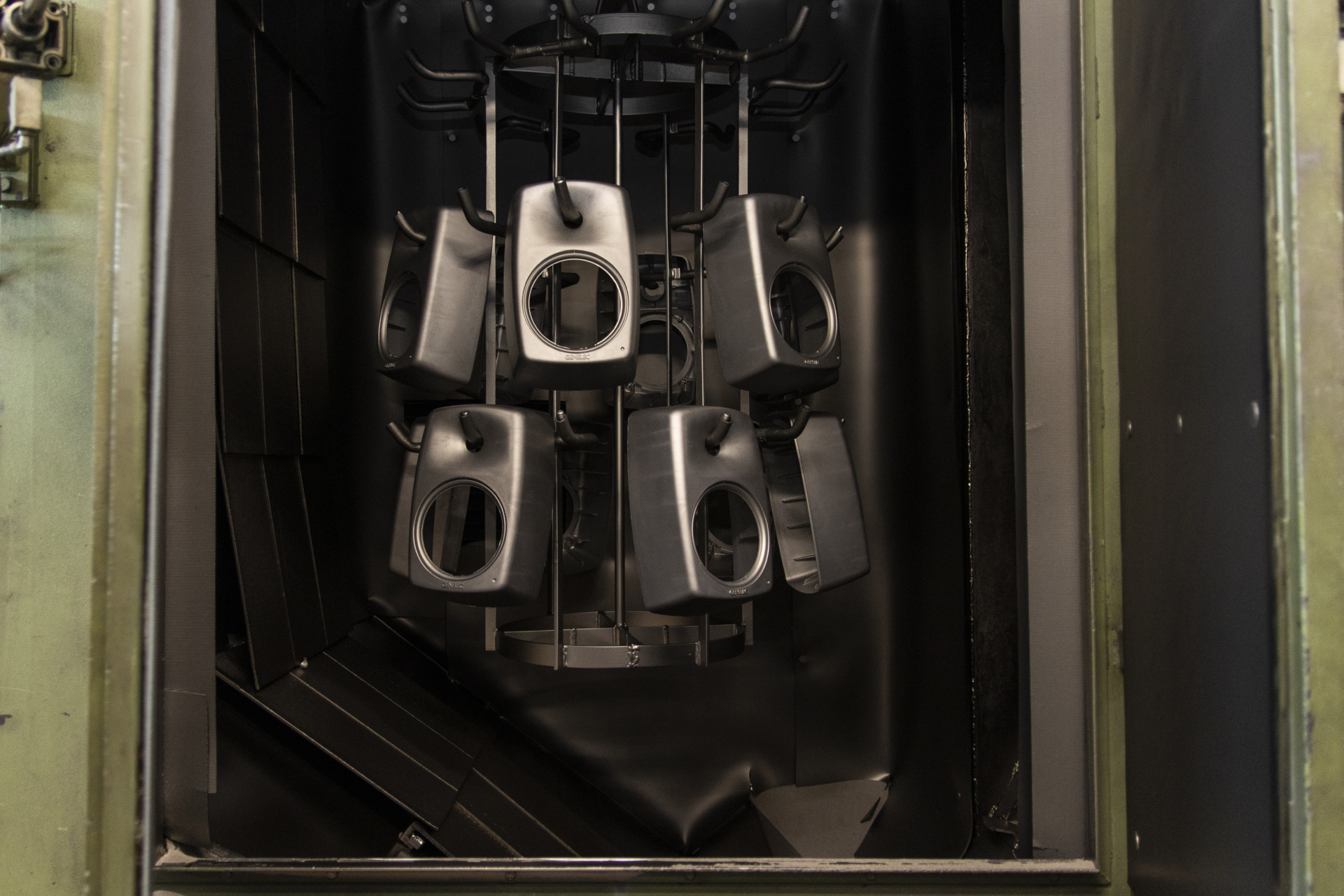
In conclusion, die-casting is a cost-effective manufacturing method when the parties are well versed in the method, product and mould design and project management. We highly recommend being in touch with the manufacturing partner early enough, so possible improvements to the product, and its manufacturability can still be made. That helps you in reaching many benefits in the production process and related costs.
The possibilities in die-cast product design
The diversity of die-casted products is the biggest benefit of the manufacturing method. Significant costs savings, environmentally-friendly and an efficient production process can be achieved with correctly done and innovative product design. The importance of product design regarding also the quality output of the whole process needs to be carefully considered.
As mentioned in the previous chapter, the best gains are reached by being in touch with the partner as early as possible during the product design. This enables better production optimization, keeping in mind the costs, as well as the end use of the product.
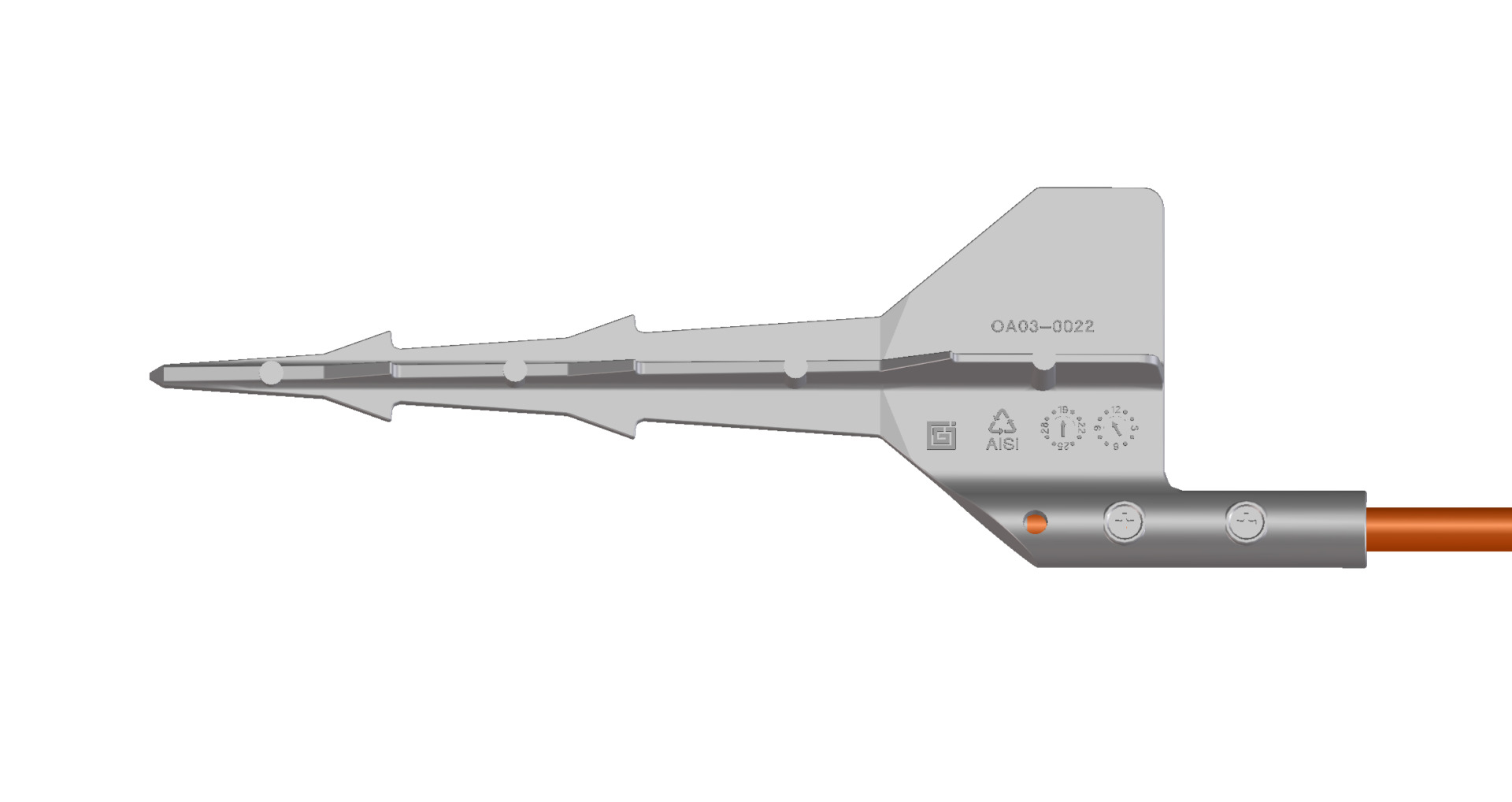
Further processing stages often belong to the manufacturing process by default. By reducing their number and by choosing them carefully, the roots of optimizing costs and efficiency are reached. For example, even with a subtle change to the product design, a laborious grinding stage or a round in the machining centre can be avoided. In addition to saving money and time, the lifetime of the mould can also be longer due to product design choices. Bringing different fastening parts to life can be done already during the casting, which means no machining or manual work afterwards is needed.If further processing cannot be avoided, it must be ensured that the equipment used for it is modern and efficient. We will take a close look into different further processing options in a separate article.
Our experience in challenging product design projects consists of hundreds of projects, done in collaboration with our customers. If you’re interested in our solutions, don’t hesitate to shoot us a message here.
Since die-casted products are dimensionally very accurate, the product design department gets free hands for designing the shape and form of the product. That highlights the diversity of the manufacturing method. Especially visually complex products can be brought to life with moderate ease, but the designer must be aware of the effect their choices have on manufacturability and costs. The product quality is usually monitored by tactile 3D-scanning. During the quality control, the correspondence of product requirements and the actual product is verified and documented.
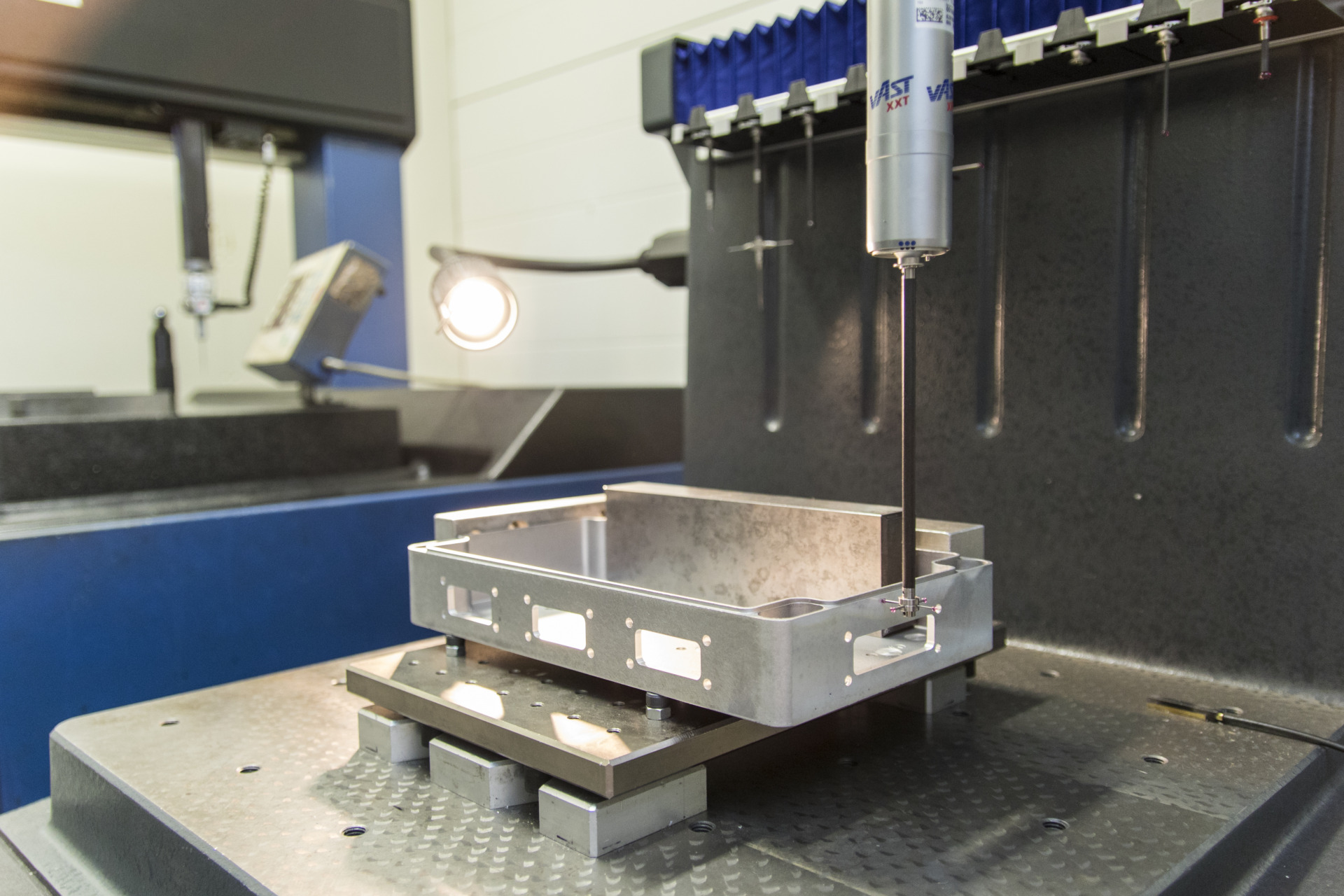
Die-casting moulds and their lifecycle
The mould is the second most significant factor when defining costs, as well as quality. Nowadays, with a high-quality mould, tens of thousands of items can be casted. With proper maintenance, the lifetime of the mould can be lengthened relatively easy. A well-designed mould is modular, which means it can be repaired or changed if needed.
When procuring the mould, we use our partners that we have collaborated with for decades. Our partners are quality certified, and we share the vision of constantly developing our operations. Expertise regarding mould design can also be found in-house, which means that our customers can consult us freely when procuring the mould. Normally the final designing of the mould happens at the mould manufacturer, but we actively take part in this stage. The procurement of the mould is always implemented as a separate project that can take up to several months, but when carefully done, the mould pays itself back with ease.
The lifetime of the mould depends on various factors, but a rough estimate is that with one mould, tens of thousands of castings can be produced. With certain types of products, the amount can rise as high as hundreds of thousands of castings. A great example of this is the cast anchor of a marking device from Ouneva Oy. In this case, the mechanical properties of the product are more in important than the visual and surface quality. The wear on the mould depends on many requirements related to the visual and functional properties. These requirements come directly from product design, so once again, we highlight its importance!
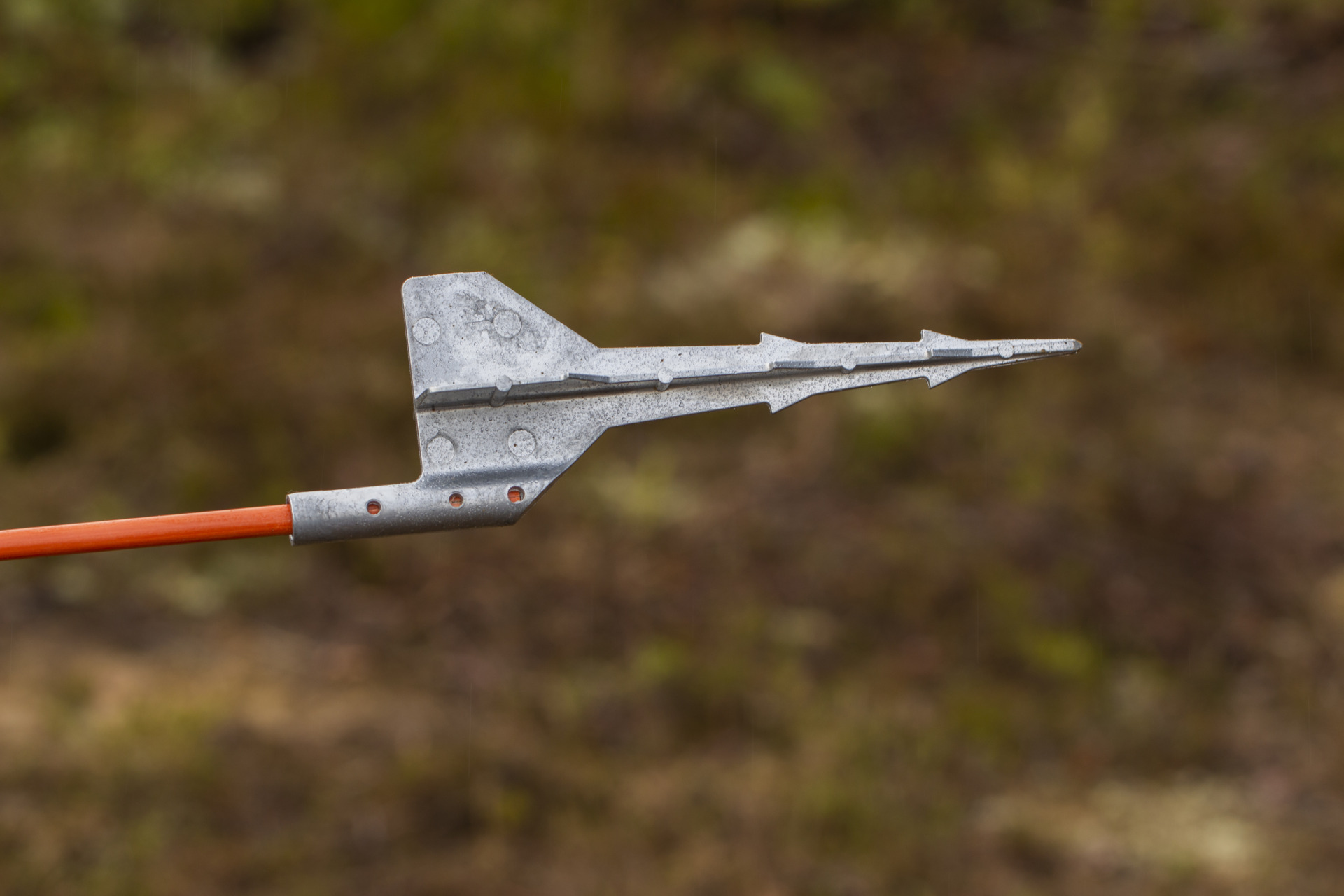
As mentioned, die-casting moulds can be maintained and serviced. In Ouneva Group, the maintenance happens in-house, in the same building where the production is located. With modern methods, the moulds can be repaired and serviced comprehensively, which in turn lengthens their lifetime. Moulds can be built in a modular way, which makes it possible to add or remove parts to comply with new product requirements.
Conclusion
